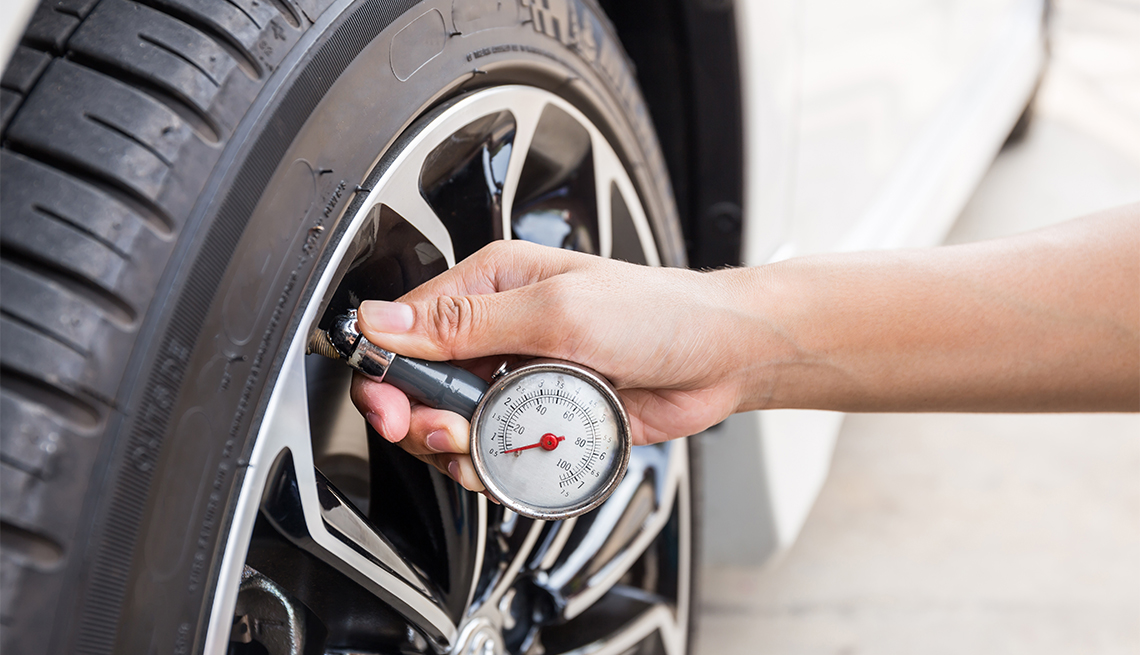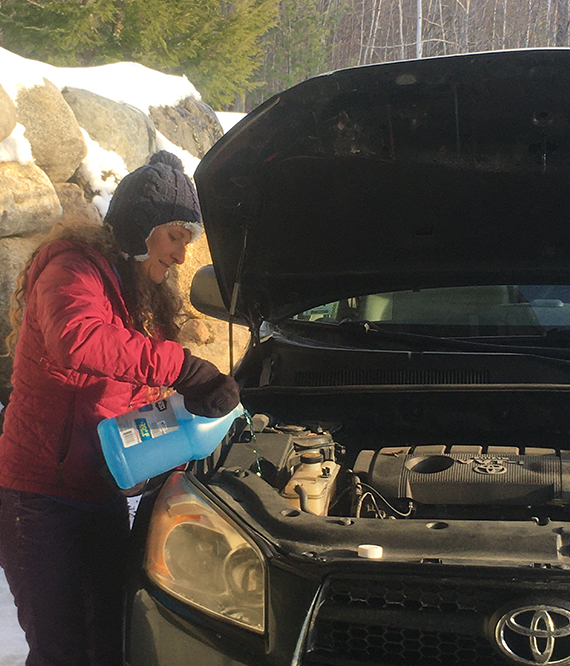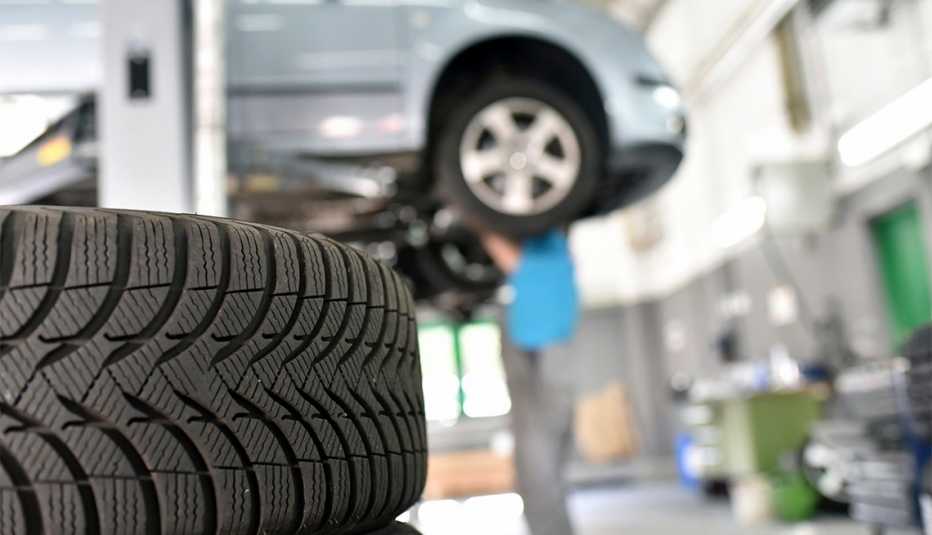AARP Hearing Center
Many Americans are opting for road trips instead of flying to avoid pandemic risks, and other cars are sitting idle more often as people work from home.
These new habits mean automobiles need attention, and more people are opting to do their own car maintenance to avoid COVID-19 risks and save money.


AARP Membership— $12 for your first year when you sign up for Automatic Renewal
Get instant access to members-only products and hundreds of discounts, a free second membership, and a subscription to AARP the Magazine.
A recent survey of 1,000 U.S. adult car owners by Wakefield Research for SimpleTire found that 65 percent of respondents have performed maintenance on their own cars since the pandemic, rather than heading to a garage.
"Cars are an essential part of our lives, so we have to take care of them, much like we take care of ourselves,” says David Bennett, 52, manager of repair systems at the American Automobile Association's national office in Heathrow, Florida.
Now's the perfect time to get your car primed to safely hit the road. For DIY car maintenance, all you need are a few tools, some basic knowledge and a little patience. Here's how to get started.
1. Take a virtual class
Many drivers have no idea how their cars work, says Chaya Milchtein, founder of Mechanic Shop Femme, an automotive education platform. Milchtein, who lives in Milwaukee, Wisconsin, offers online classes about car ownership and maintenance.
With a little advice, you can do your own car maintenance:
"During the pandemic, people became more interested in doing repairs on their cars,” says Milchtein. “I give people permission to believe in themselves and trust their guts.”
Leah Strock, 62, a nurse practitioner in New York City, took Chaya's class about a year ago. “I've been driving since I was 16 – I even drove a taxi – but I knew nothing about cars; I'd look at my owner's manual and feel completely overwhelmed,” says Strock. The class taught her to change her air filters, check oil and tire pressure and determine when to get new tires. “I found it incredibly empowering."
In Chilmark, Massachusetts, Deb Dunn, 53, recently returned from a road trip to Georgia. Dunn says taking a hands-on class before the pandemic with Andrea Dello Russo Campbell, owner and auto technician at Andrea's Auto in Edgartown, Massachusetts, was a great investment.
"Knowledge is power; I learned how brakes, axles and spark plugs work, and how to inspect the underbelly of a car,” says Dunn. “Most important, I learned how easy it is to change the oil."
2. Use technology as a guide
While you can look up most things online, watching a random video of someone changing their brakes in the driveway is not always the wisest choice. Instead, it’s worth exploring technology designed to connect car owners with professionals.
For example, the ProTip app offers on-demand access through one-on-one video calls with automotive specialists who can walk you through the task at hand for as little as $5.
“Most people just need a little guidance to make sure they’re doing the right thing,” says Sean Klongerbo, a diesel mechanic in Grand Marais, Minnesota, and one of the automotive experts available to video chat about car maintenance or repairs. “When you’re talking on the phone, you have to be really descriptive and sometimes people don’t always understand. With video, it can be a lot of point and touch.”
Another new online service, SimpleTire, helps car owners find, research and order the right tires for their vehicle without having to physically visit a retailer.
“Buying tires is a complicated and sometimes convoluted process for the average consumer,” explains Rick Cornillie, senior product catalog manager at SimpleTire in Indianapolis, Indiana. The site allows consumers to access hundreds of independent tire distributors.
More than 400 brands of tires in hundreds of sizes are available, and tires are then shipped directly to any home or garage for installation.
5 Essential Items to Keep in the Car
- Tire pressure gauge
- Portable jump starter to boost your battery if it dies, or jumper cables
- Small shovel
- Windshield scraper and brush
- AAA's recommended emergency kit supplies
3. Check or replace lights
Every week or two, check all the lights in your car, suggests Bennett.
"Turn on your headlights, check your brake lights and your turn signals to make sure they're in good operating condition,” he says.
You'll need someone to watch the taillights as you test them. You can change burned-out bulbs yourself. Take the old bulb to an auto parts shop to make sure you purchase the right one. Don't touch the new bulb with your bare hands, because the oils from your fingers can react with the light and cause it to burn out prematurely.
4. Check the tire pressure
Since the pandemic, many cars are sitting idle. Check tire pressure once a month to prevent uneven tire wear, especially in the winter, says Cornillie.
"The general rule of thumb is every 10 degrees that the temperature changes outside, your tires are going to lose a pound of air pressure,” says Cornillie.





























































